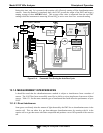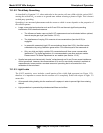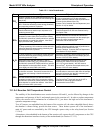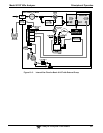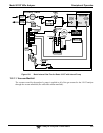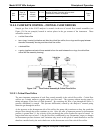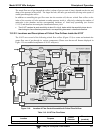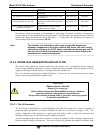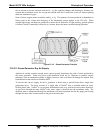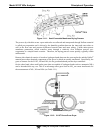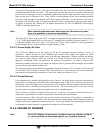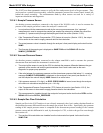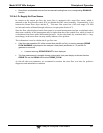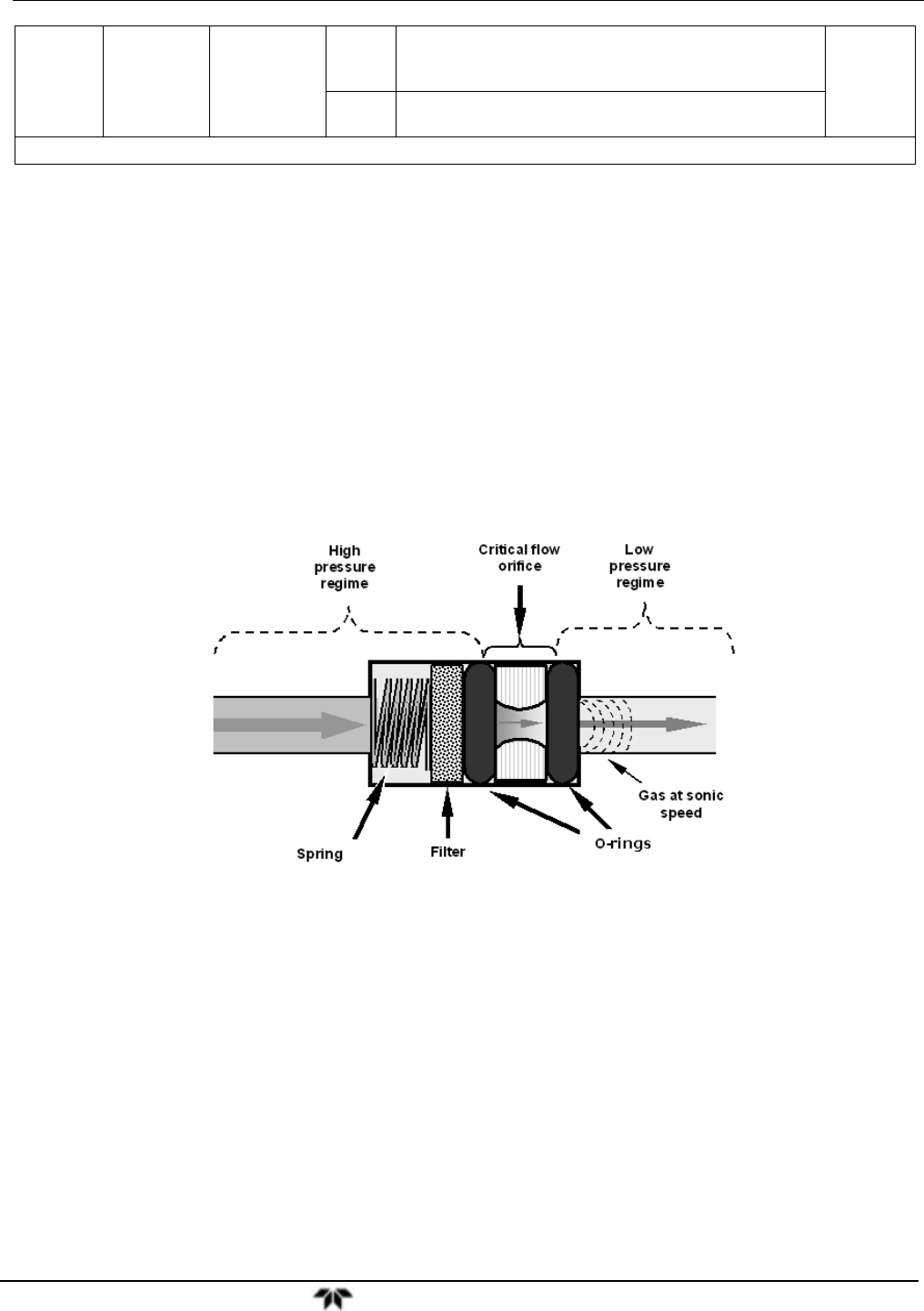
Model 9110T NOx Analyzer Principles of Operation
Teledyne Analytical Instruments 330
Auto
Zero
Open to
Auto Zero
valve
Open to
vacuum
manifold
0 – 4 s
Wait period (AZERO dwell time). Ensures reaction cell
has been flushed of sample gas and chemi-
luminescence reaction is stopped.
Figure
13-4
4 - 6 s
Analyzer measures background noise without sample
gas
Cycle repeats every minute
13.2.2. FLOW RATE CONTROL - CRITICAL FLOW ORIFICES
Sample gas flow in the 9110T analyzer is created via the use of several flow control assemblies (see
Figure 13-8 for an example) located in various places in the gas streams of the instrument. These
assemblies consist of:
a critical flow orifice
two o-rings, Located just before and after the critical flow orifice, the o-rings seal the gap between
the walls of assembly housing and the critical flow orifice
a sintered filter
a spring (applies mechanical force needed to form the seal between the o-rings, the critical flow
orifice and the assembly housing)
Figure 13-8: Flow Control Assembly & Critical Flow Orifice
13.2.2.1. Critical Flow Orifice
The most important component of each flow control assembly is the critical flow orifice. Critical flow
orifices are a simple means to regulate stable gas flow rates. They operate without moving parts by
taking advantage of the laws of fluid dynamics. By restricting the flow of gas through the orifice, a
pressure differential is created. This pressure differential, created by the analyzer’s external pump,
draws the gas through the orifice.
As the pressure on the downstream side of the orifice (the pump side) continues to drop, the speed that
the gas flows though the orifice continues to rise. Once the ratio of upstream pressure to downstream
pressure is greater than 2:1, the velocity of the gas through the orifice reaches the speed of sound. As
long as that ratio stays at least 2:1, the gas flow rate is unaffected by any fluctuations, surges, or changes
in downstream pressure because such variations only travel at the speed of sound themselves and are
therefore cancelled out by the sonic shockwave at the downstream exit of the critical flow orifice.




